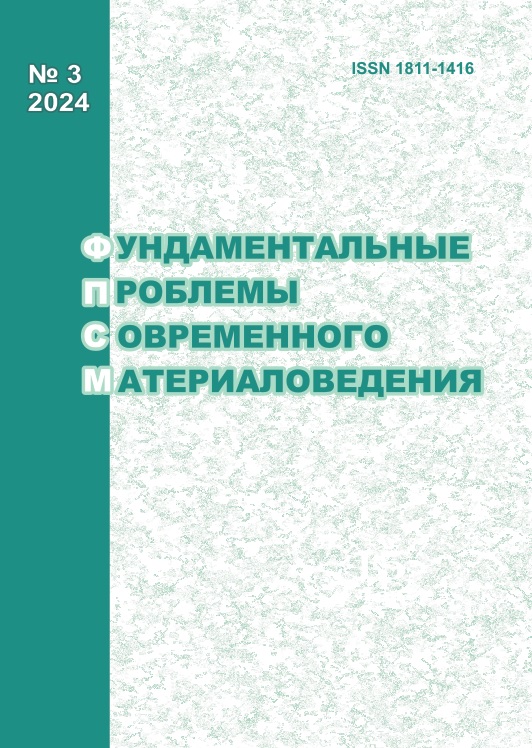STUDY OF BIOCOMPATIBILITY OF PEO COATINGS ON MAGNESIUM ALLOY MA8 CONTAINING TANTALUM PENTAOXIDE NANOPARTICLES
10.25712/ASTU.1811-1416.2024.03.004
Keywords:
plasma electrolytic oxidation, tantalum pentoxide, bioactive coatings, antibacterial coatings, histologyAbstract
The paper presents the results of studies of the properties of coatings formed in dispersed electrolytes with tantalum pentoxide nanoparticles. The data obtained indicate the bioactivity and biocompatibility of the coatings under study. Tantalum pentoxide nanoparticles act as calcium phosphate nucleation centers and significantly accelerate the formation of hydroxyapatite and its precursors on the coating surface. The higher surface roughness of the samples and the presence of agglomerates of tantalum pentoxide particles contribute to an increase in the rate of formation of an apatite layer around the agglomerates compared to the base PEO coating. Such properties make these coatings promising for the protection of bioresorbable implants based on magnesium alloys. According to
in vivo studies on coatings containing Ta2O5 nanoparticles, the morphology of cells is similar to control samples, which indicates good biocompatibility of the coatings. The results of both SEM and histological analysis demonstrate the high biocompatibility of the samples with tantalum pentoxide. The Ta2O5 containing coating inhibits the corrosion processes, which preserves tissues from damage and detachment caused by gaseous accumulation and excessive release of alkali species, imparts positive immune response. Studies of the antibacterial properties of coatings with Ta2O5 nanoparticles did not reveal the presence of a zone of inhibition of bacterial growth in Petri dishes. However, tantalum pentoxide prevents the formation of a bacterial film on the surface of the implant, preventing bacterial adhesion, significantly reducing the risk of developing implant-associated infections.











 Journal «Fundamental’nye problemy sovremennogo materialovedenia / Basic Problems of Material Science»
Journal «Fundamental’nye problemy sovremennogo materialovedenia / Basic Problems of Material Science» This work is licensed under a
This work is licensed under a 
